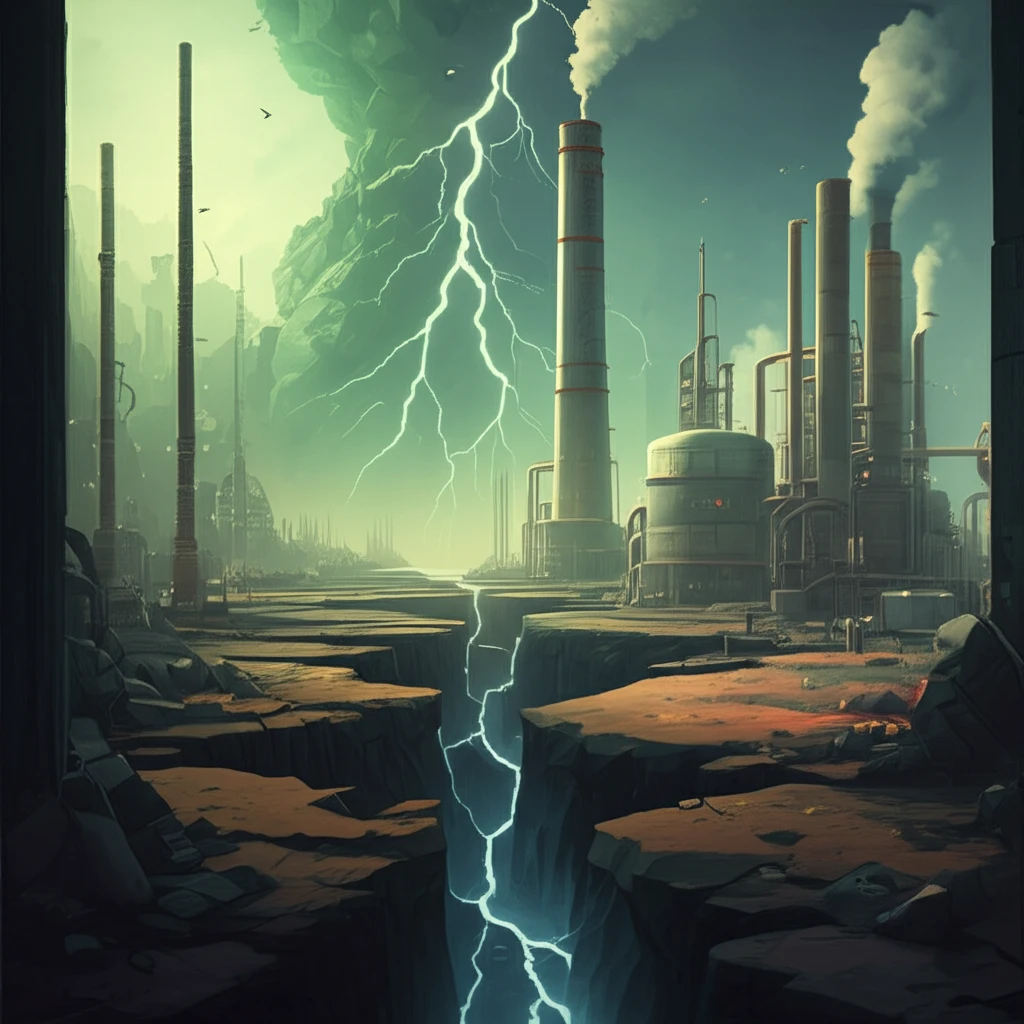
Shaky Ground: How to Navigate the Rising Risks of Geoenergy-Induced Seismicity
"Unearth the facts about induced earthquakes and what they mean for our energy future."
In our pursuit of low-carbon energy, we're increasingly tapping into the Earth's deep underground. But this comes with a hidden risk: geoenergy-induced seismicity. It turns out that extracting oil and gas, injecting wastewater, using deep geothermal systems, and even storing carbon can trigger earthquakes. While most are small, the potential for larger, damaging events is a growing concern.
Think of it like this: the Earth's crust is under immense pressure, and certain activities can act as a trigger, releasing that pent-up energy in the form of seismic events. This isn't just a scientific curiosity; it's a real-world issue affecting communities and shaping the future of energy development.
While seismologists and engineers are busy studying the hazard, social scientists are emphasizing the importance of risk communication. It's about more than just the science; it's about engaging communities, addressing their concerns, and ensuring that energy projects proceed responsibly.
What's the Connection Between Energy and Earthquakes?

The United States, Canada, and the Netherlands are facing unprecedented levels of induced seismicity, directly linked to modern oil and gas operations. Wastewater injection, a common practice in the industry, is a primary culprit. But it's not just fossil fuels; even supposedly 'green' technologies like deep geothermal systems and carbon capture and storage carry this risk.
- Oil and Gas Extraction: Onshore activities including waste water injection has been linked to earthquakes.
- Deep Geothermal Systems: Extracting heat from the earth can cause seismic activity.
- Carbon Capture and Storage: Storing carbon underground alters the ground pressures and has been linked to earthquakes.
The Path Forward: Communication and Collaboration
Geoenergy-induced seismicity presents a complex challenge that requires a collaborative approach. Scientists, industry, policymakers, and the public must work together to understand the risks, develop effective mitigation strategies, and ensure that energy projects are developed responsibly. By prioritizing open communication, transparency, and community engagement, we can navigate this 'shaky ground' and build a more sustainable and resilient energy future.

